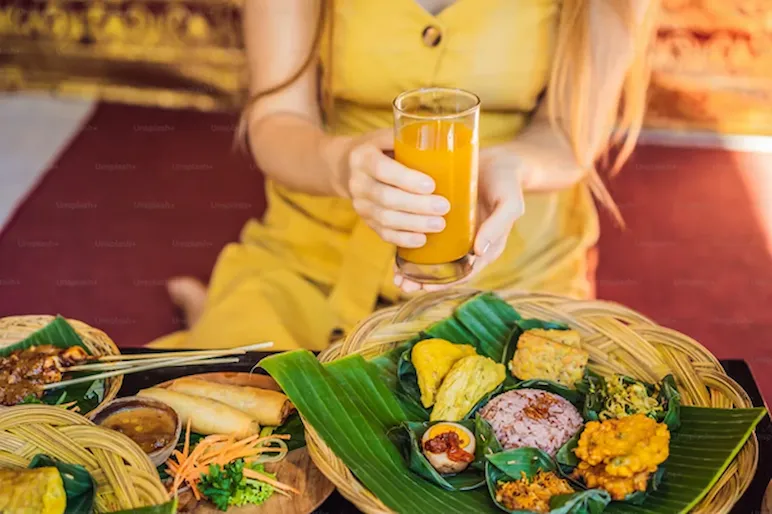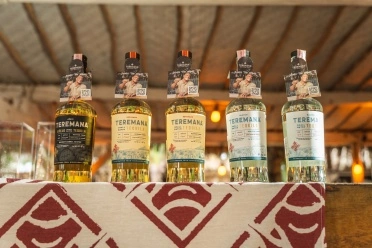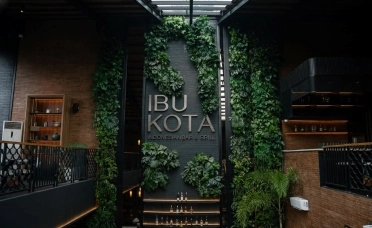Nestled in the lush heart of Sukawati, just a short drive from Ubud, lies Batuan Village—a living museum where ancient artistry, ritual, and rural life continue to flourish side by side. This unassuming Balinese village is not only the cradle of classical painting but also a bastion of tradition, where history breathes through brushstrokes, dance, sculpture, and sacred architecture. For travelers drawn to the deeper soul of Bali, Batuan offers an intimate encounter with an island that paints its identity in color, movement, and myth.
This unassuming Balinese village is not only the cradle of classical painting but also a bastion of tradition, where history breathes through brushstrokes, dance, sculpture, and sacred architecture.
The Pulse of a Thousand-Year Artistic Tradition
Batuan’s reputation as Bali’s artistic epicenter isn’t born of recent tourism trends—it’s carved into its very stone. Archaeological evidence, such as the 11th-century Prasasti Baturan inscription, confirms the village's legacy as a center for artisans, naming early masters of painting (Citrakara), sculpture (Sulpika), and woodworking. Today, this artistic DNA thrives in over a hundred studios and family-run art houses scattered throughout the village.
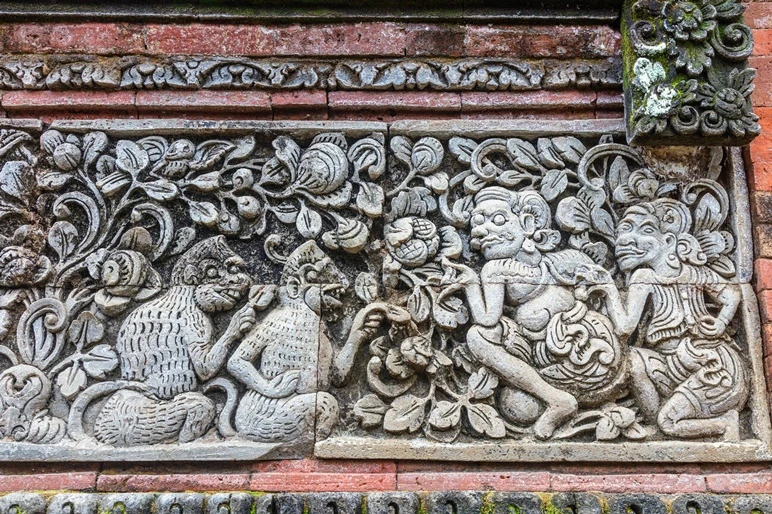
The hallmark of Batuan painting is its intense detail and dramatic tonal contrasts. Using techniques like nyeket, ngorten, and manyuni, artists create intricate, often spiritually charged scenes—from Hindu epics to Balinese folklore and everyday village life. These works, rendered in gradations of black and white, are as dense with meaning as they are with visual complexity. Unlike the more commercial art emerging in nearby Ubud, Batuan paintings remain fiercely traditional—echoes of devotion preserved in ink and canvas.
A Sacred Performance
While Batuan’s paintings have long captivated collectors and cultural travelers alike, the village’s heartbeat is equally expressed through its ritual dance and theater. Unlike the tourist shows in hotels or cultural parks, Batuan’s performances are spiritual offerings. Here, dances like Rejang Dewa, Gambuh, and Topeng Pajegan are presented not for applause, but for the gods—vivid rituals echoing the village’s sacred past.
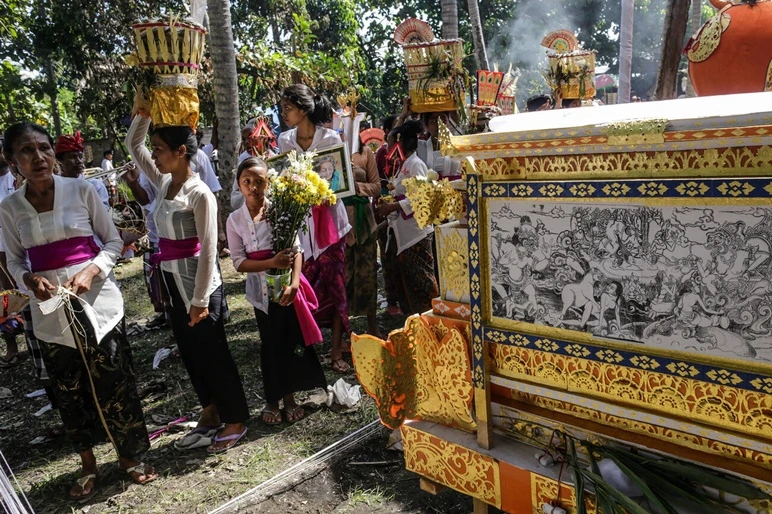
These performances take place in village temples and courtyards, where tourists are welcomed not just as observers, but often as participants. Through this inclusivity, visitors gain insight into the rich symbolism behind each movement, mask, and melody—transforming the experience from spectacle into shared ceremony.
An Inclusive Cultural Sanctuary
Batuan’s living legacy extends beyond performance and painting. It is a sanctuary of intergenerational artistic education, where art is not a profession but a way of life. In community-led classes held weekly in temple courtyards, children as young as five learn to paint in the Batuan style. Travelers are invited to join, guided by teenage apprentices and senior masters alike—an opportunity to co-create and to contribute to the preservation of intangible heritage.
The Batur Ulangun community, which manages many of these initiatives, is deeply committed to keeping Batuan’s traditions relevant. They offer immersive homestays, where guests can live alongside artists, learn to carve or paint, and even participate in rituals and temple festivals. It’s a holistic, slow-travel experience rooted in authenticity and sustainability.
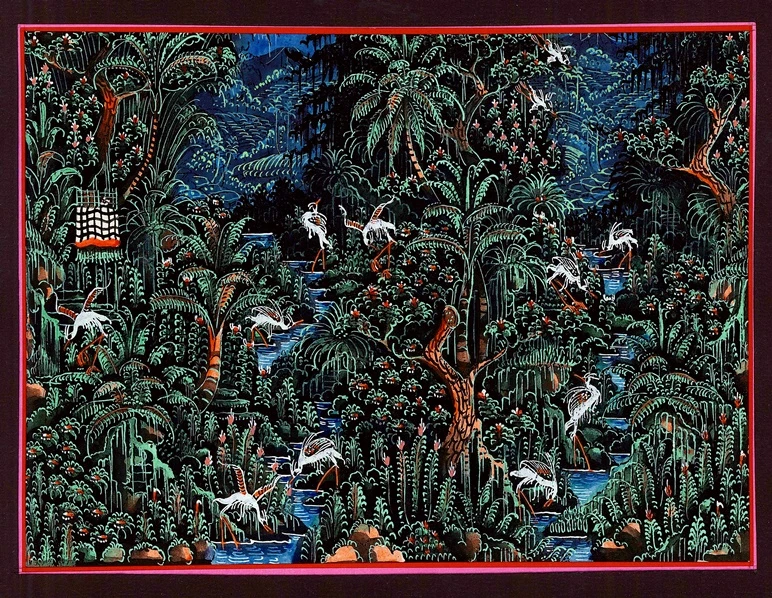
Where Stone and Spirit Converge
Beyond its art, Batuan is also home to remarkable examples of Balinese architecture and sculpture. The Puseh Batuan Temple, built in 944 Isaka (1022 AD), is an extraordinary fusion of Balinese and Majapahit design, featuring ancient statues—some holding chickens, others bearing celestial symbols—that date back centuries. Traditional family compounds, preserved across five generations, offer rare insight into Balinese domestic architecture and communal life.
For those seeking nature, Batuan provides tranquil walks through rice paddies and riverside trails along Tukad Wos. A nearby hidden waterfall offers a refreshing detour from the village's artistic intensity.

As Bali continues to evolve, Batuan reminds us that tradition need not be frozen in time. It can adapt, teach, and inspire. Here, art is not merely preserved—it’s practiced, passed on, and pulsing with life. Whether you're an art enthusiast, a cultural explorer, or a curious traveler, Batuan offers not just a destination—but a dialogue with Bali's soul.



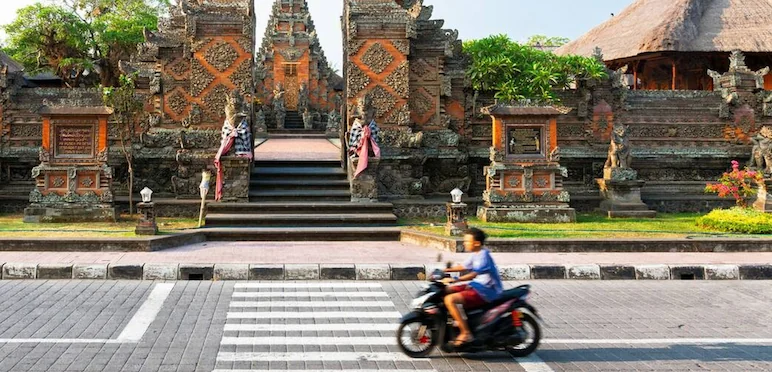
 Billy Bagus
Billy Bagus
 Jun 04, 2025
Jun 04, 2025
